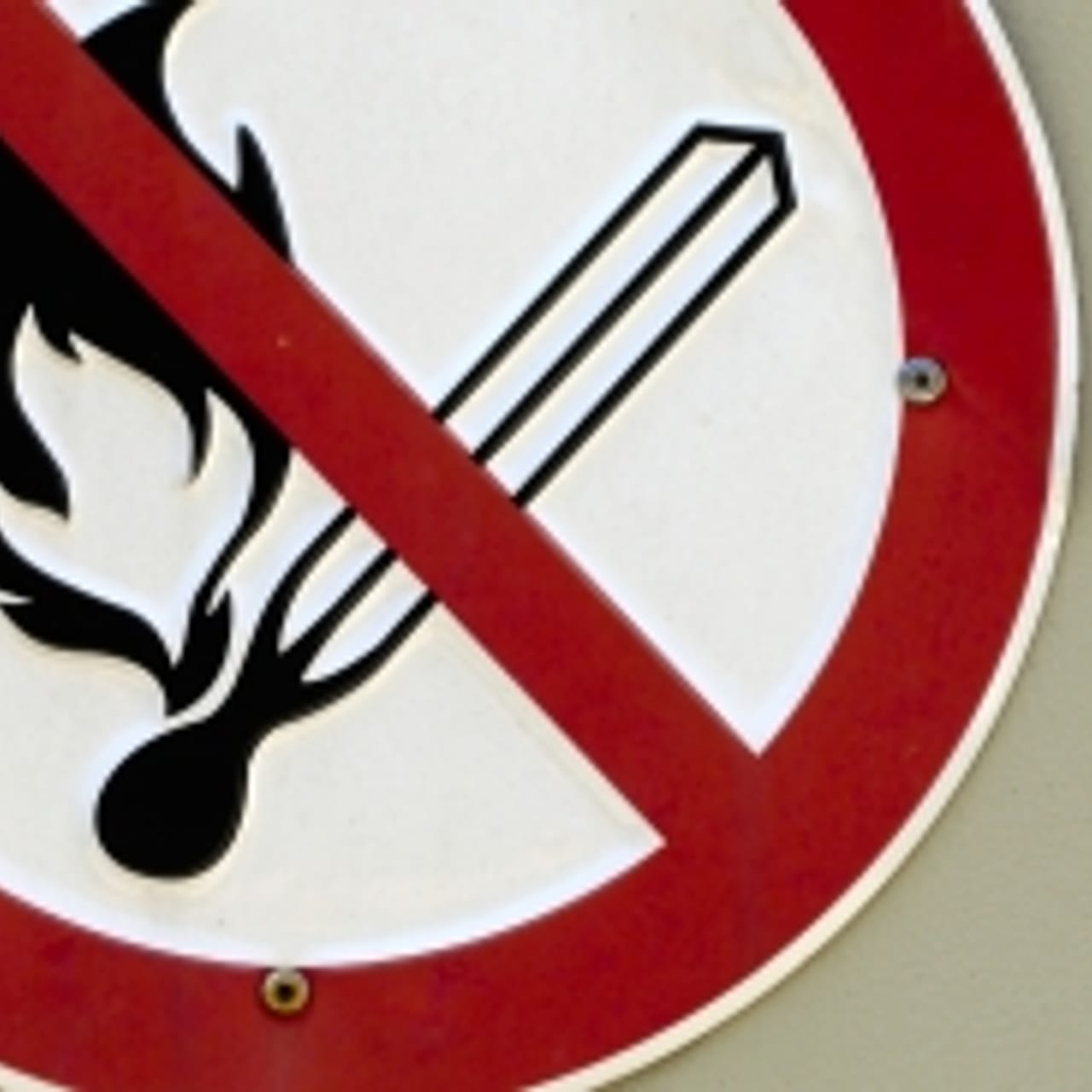This report contributes to the regulatory debate by comparing the financial stability of banks and credit unions from 1986 to mid-2009, a period that covers several business cycles and ends during some of the most pronounced effects of the Great Recession. Starting from the observation that unemployment coincides closely with loan delinquencies and charge-offs, the researchers aim to describe how the same economic shocks treat the loan portfolios of credit unions and banks.
Executive Summary
Keeping up with the Joneses is a familiar North American feel-ing. When a new car appears next door, you want it. When your daughter's playmate enrolls in private school, you want in. Rightly or wrongly, the sideways glances and scorekeeping come with the culture. And the feelings are not much different in financial services. For the sake of broad comparison, let's call credit unions the Carters and banks the Joneses.The Great Recession has been excruciating for the Carters and the Joneses alike.
The Carters have lost hard-earned savings, have suffered painful pay cuts, and have been forced to stop eating out. But while the Carters didn't make as much as the Joneses in their heyday, they have also lost much less in the downturn. In general terms, the Carters saved up before they bought, while the Joneses acquired their cars with credit and their investments on margin. Today the Carters may have to postpone that new car purchase, but the Joneses are los-ing their homes.


